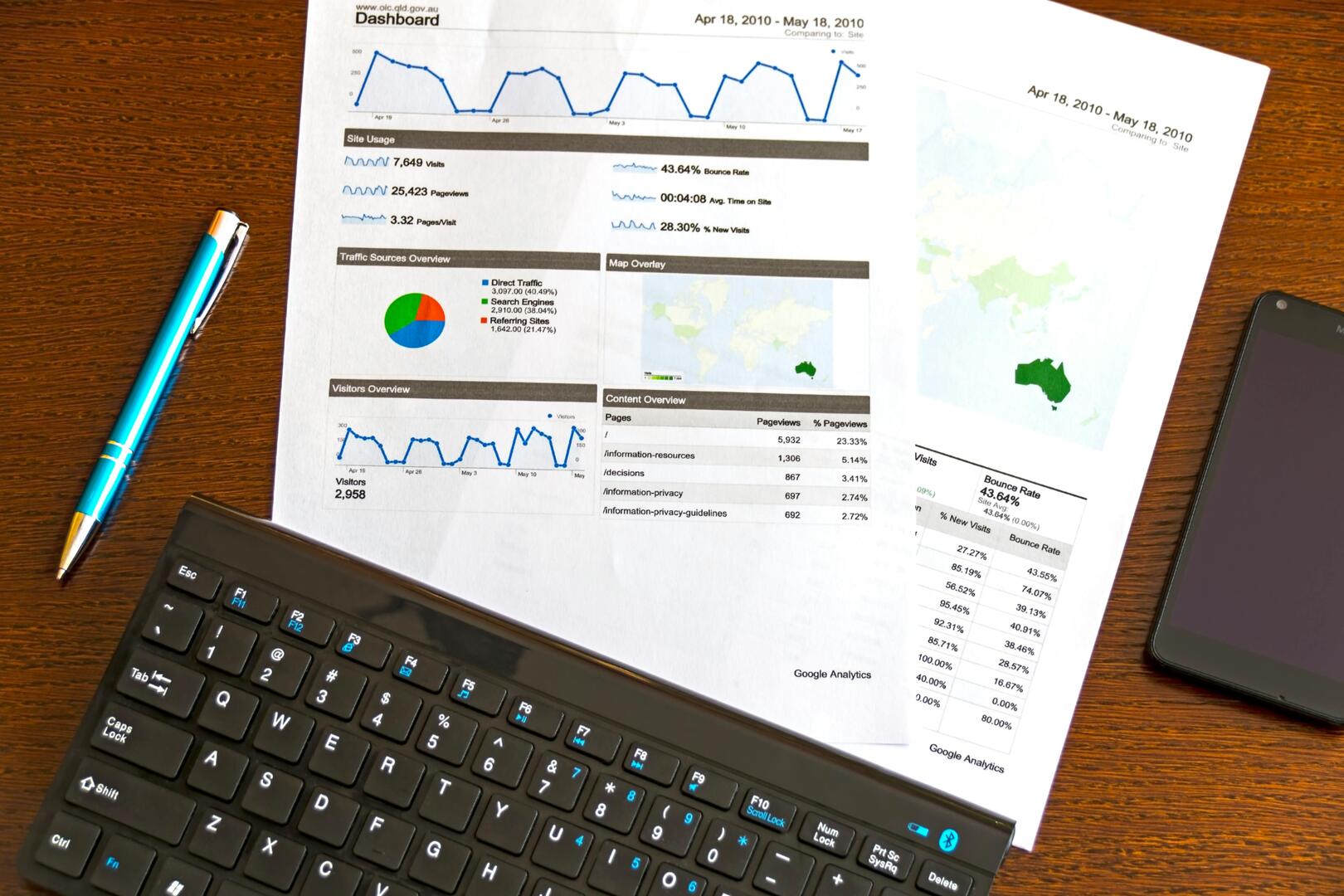“`html
FPHB: Malaysia Navigates Dual Reality in Agrofood Sector, Seeks Enhanced Food Security
| Investment Bank | TA SECURITIES |
|---|---|
| TP (Target Price) | RM0.25 (+25.0%) |
| Last Traded | RM0.20 |
| Recommendation |
Malaysia’s agrofood sector presents a complex picture of resilience in growth alongside a significant structural dependency on imports. While the sector demonstrates robust economic performance, driven by a 5.1% year-on-year GDP growth and a 4.2% increase in value-added agrofood products for 2024, it remains a net food importer. In 2024, imports of agrofood outpaced exports, rising by 14% compared to an 11.5% increase in exports, underscoring the nation’s reliance on external sources for critical products like rice, wheat, seeds, and fertilisers.
This input dependency exposes Malaysia to heightened vulnerability from global inflation and supply chain disruptions, as evidenced during the 2007-2008 Global Financial Crisis and recent disruptions from India’s rice export ban. A historical policy bias towards industrial crops has led to a significant imbalance in land allocation, with 73% of arable land dedicated to palm oil, leaving only 10% for food crops, despite comparable value-added per hectare. Furthermore, the sector is challenged by slow technology adoption, low labour productivity, and underinvestment, hindering its self-reliance capabilities.
Challenges in Cocoa Production
The cocoa sector in Asia specifically highlights these challenges. Despite solid growth in processing facilities, Asia’s cocoa production has plummeted by 60% between 2012 and 2022, now accounting for just 5% of global crops. This sharp decline, largely attributed to reduced output in Indonesia due to aging plantations and competition, has forced Asia-based processors to become highly import-dependent, primarily sourcing from West Africa and Ecuador.
Strategic Shift for Sustainable Growth
To address these vulnerabilities and foster sustainable growth, particularly within the cocoa sector and broader agrofood industry, a strategic shift towards diversification via intercropping and agroforestry is deemed essential. This approach not only improves soil health but also generates additional income streams, helping to attract younger farmers and address the aging farmer crisis.
The Third Malaysian Plan outlines a comprehensive policy horizon extending to 2040, focusing on full value-chain optimisation. Key initiatives include expanding local grain corn production (targeting a 30% import reduction by 2030), transitioning poultry and egg farms to closed systems, boosting domestic seed products, and developing faster-harvest pineapple varieties. The plan also emphasizes international collaboration for agri-tech transfer, modernisation through mechanisation and digitalisation, and the use of fiscal incentives to attract private investment. Youth engagement, R&D, and climate-smart agriculture are prioritised to enhance productivity and sustainability. Additional recommendations include a smallholder-centric policy with targeted market incentives and promoting smart machinery adoption, alongside strengthening social safety nets through school nutrition programs.
These concerted efforts aim to transform Malaysia’s agrofood sector into a more resilient, self-sufficient, and profitable industry, mitigating import dependencies and securing national food security for the long term.
“`

